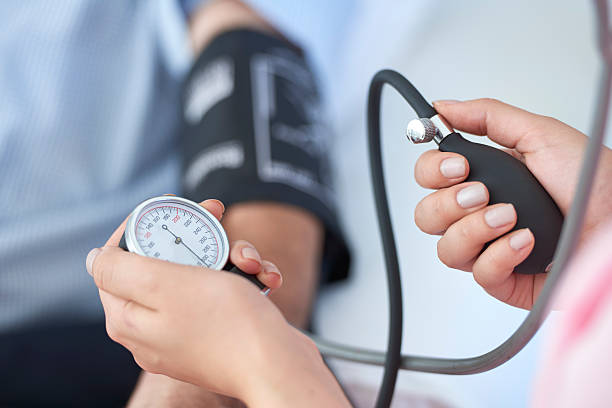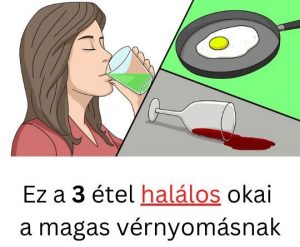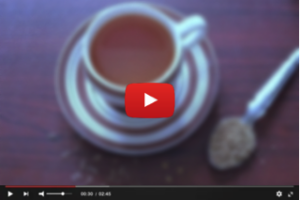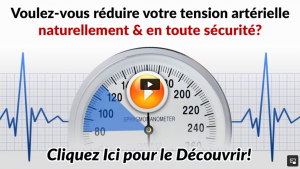The #1 Rated Blood Sugar Formula
Updates about Low Blood Pressure Symptoms 2022

Many Americans are so used to hearing about the dangers of high blood pressure that they may not have considered the alternative: low blood pressure.
And it's fair to say that if they faced a choice, they'd rather have a lesser force of blood pushing up against the walls of their arteries than a greater one. Even a vaunted source like the American Heart Association says that "within certain limits, the lower your blood pressure reading is, the better."1
But as you might guess, there are exceptions. So take your cue from physicians, who tend to regard low blood pressure in a matter-of-fact manner: It's a problem only if the symptoms become a problem.
This article explains what low blood pressure is, its symptoms and causes, and how it's usually treated.
Why Low Blood Pressure Matters
For most adults, a healthy blood pressure is 120/80 mm Hg while low blood pressure (also known as hypotension) is lower than 90/60 mm Hg. By way of comparison, prior to November 2017, high or elevated blood pressure (also known as hypertension) was defined as 140/90 mm Hg or higher. Then the American College of Cardiology and the American Heart Association lowered the standard to 130/80 mm Hg or higher.2
Some people have low pressure and feel fine. In fact, they may be unaware they even have low blood pressure until they get their pressure tested during a doctor visit. It's a moment of reckoning like this, or the presence of noticeable symptoms, that make low blood pressure a matter that should be addressed.
Symptoms of Low Blood Pressure
Symptoms of low blood pressure may be mild in some people. They may feel tired, lightheaded, confused, or weak. They may even have bouts of blurry vision, a headache, neck or back pain, or nausea. But sitting down may be all they need to do to feel like themselves again.2
The real problem with low blood pressure is that the vital organs may not get all of the oxygen and nutrients they need. And in this case, low pressure can lead to shock. The signs include:
- Blue skin tone
- Cold and sweaty skin
- Rapid, shallow breathing
- Weak or rapid pulse
Shock requires immediate medical attention, so call 911 right away.
Recap
Another issue with low blood pressure is that the symptoms vary from one person to another. When blood pressure drops so low that blood flow to the organs becomes compromised, symptoms will develop. In addition to the symptoms above, contact your healthcare provider if you experience:
- Dizziness
- Dehydration and excessive thirst
- Decreased urine output
- Fainting
- Lack of concentration
Low Blood Pressure Causes
If you feel these symptoms for a prolonged period of time—say, for several days—your healthcare provider may want to look for an underlying cause. The treatment plan will probably depend on it. Multiple conditions can cause chronically low blood pressure, including:
- Anaphylaxis (severe allergic reaction)
- Bed rest for an extended period of time5
- Certain medications
- Decrease in blood volume as a result of blood loss6
- Endocrine conditions7
- Heart problems
- Infections
- Nutritional deficiencies (such as a lack of vitamin B-12 or folic acid)
- Pregnancy
Keep a Record
Treatment Options
In a healthy person, low blood pressure may not require any treatment. Again, all attention will be focused on your symptoms. However, your healthcare provider may tell you to sit or lie down before raising your feet above heart level. Then the provider may:
- Change the dosage or suggest an alternative if medication is the suspected cause. Do not stop taking any medicine before talking to your provider.
- Suggest drinking more fluids if you're dehydrated.
- Recommend that you wear compression stockings, which can help keep blood from collecting in your legs and prompt it to move to your upper body.
Since severe hypotension caused by shock is a medical emergency, you may be given:
- Blood through a needle (IV)
- Medicine to increase your blood pressure and improve your heart strength
- Other medicines, such as antibiotics
Be Optimistic
Summary
While healthy blood pressure is 120/80 mm Hg, plenty of people have the opposite condition: low blood pressure, which is lower than 90/60 mm Hg. Many people go through life without even knowing that they have low blood pressure. They may often feel tired, lightheaded, or weak but haven't linked the symptoms to a condition. If these symptoms persist or escalate into more serious events, it's time to consult your healthcare provider. In the worst cases, low blood pressure can cause shock, which is a medical emergency.
Takeaway
Take it from the American Heart Association: A single lower-than-normal blood pressure reading is no reason to panic unless you're also experiencing other symptoms or problems.4 Try sitting down, taking a few deep breaths, and elevating your feet at or above heart level. Then take the reading again. Like body temperature readings, blood pressure readings can vary, so let the symptoms guide your next move.










